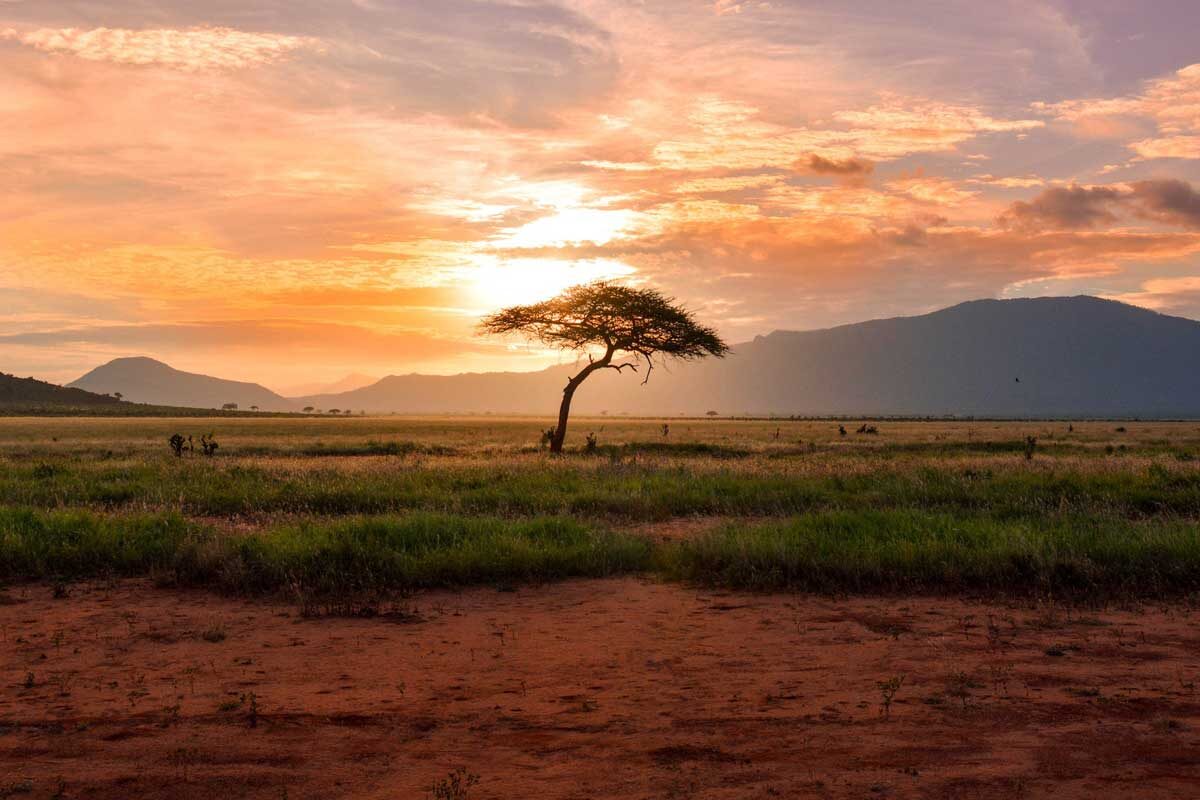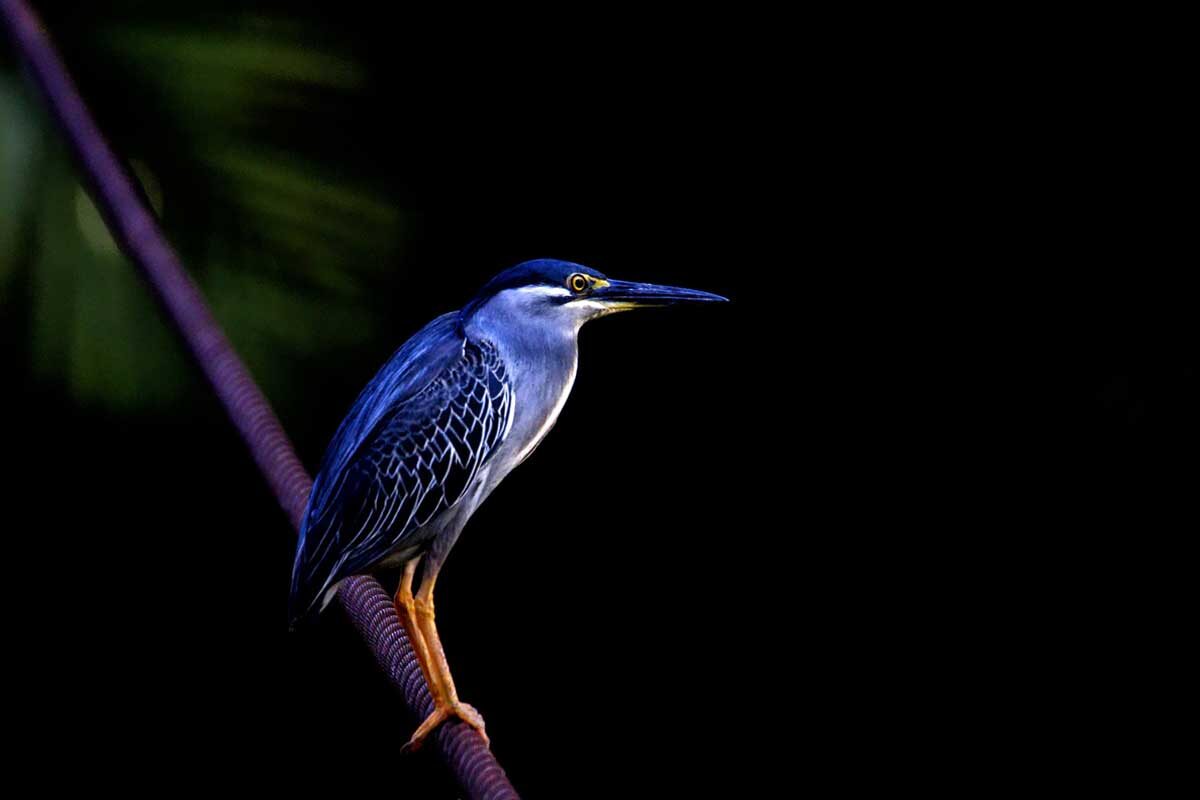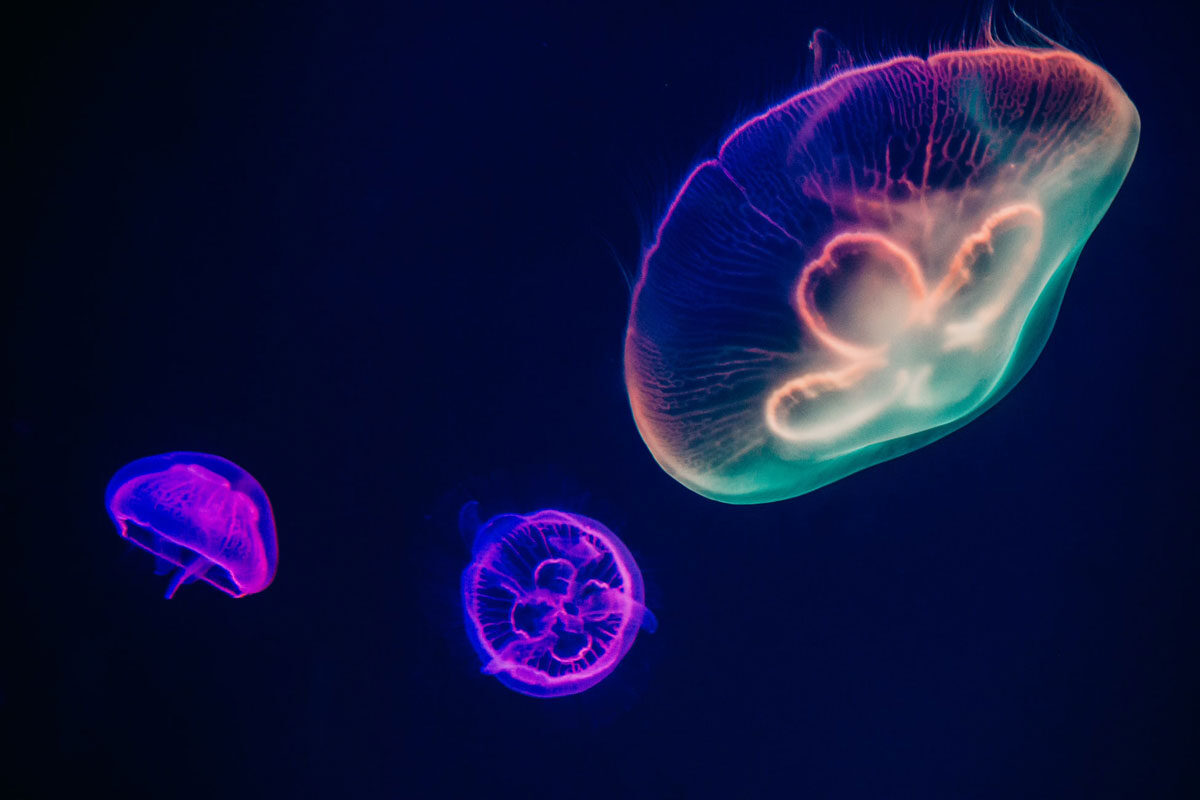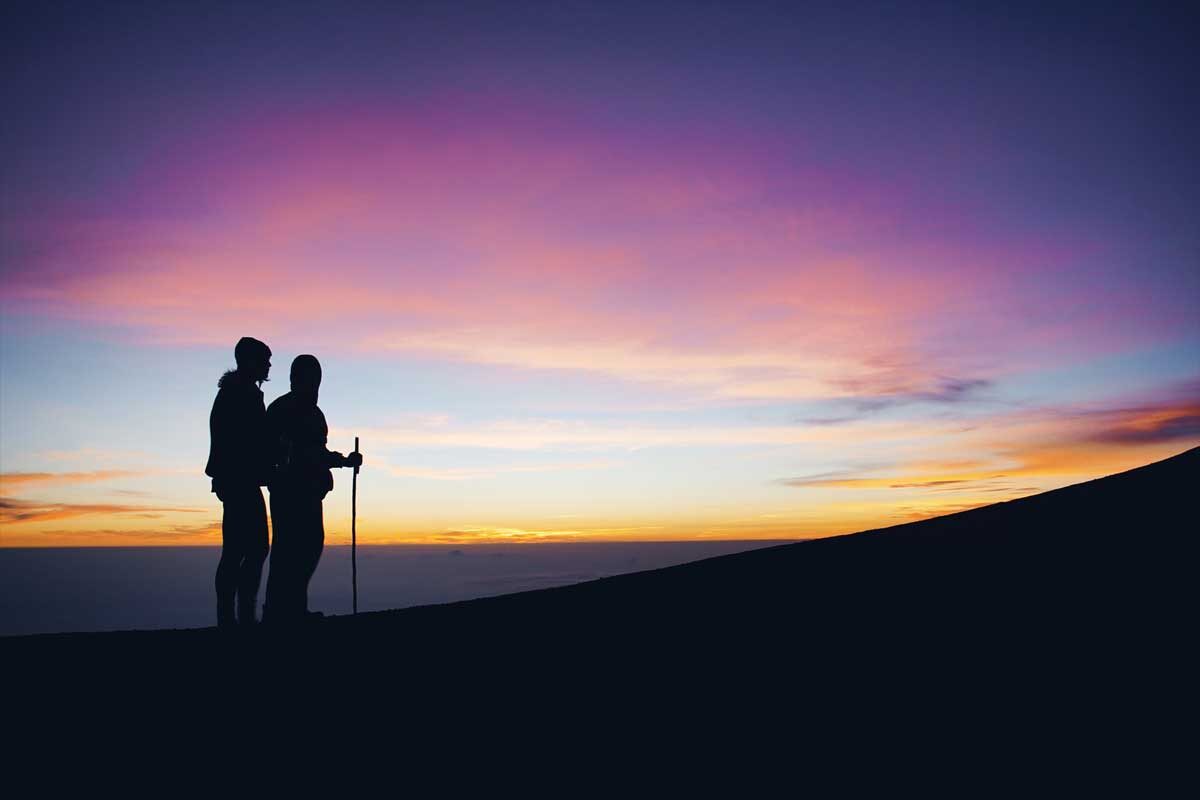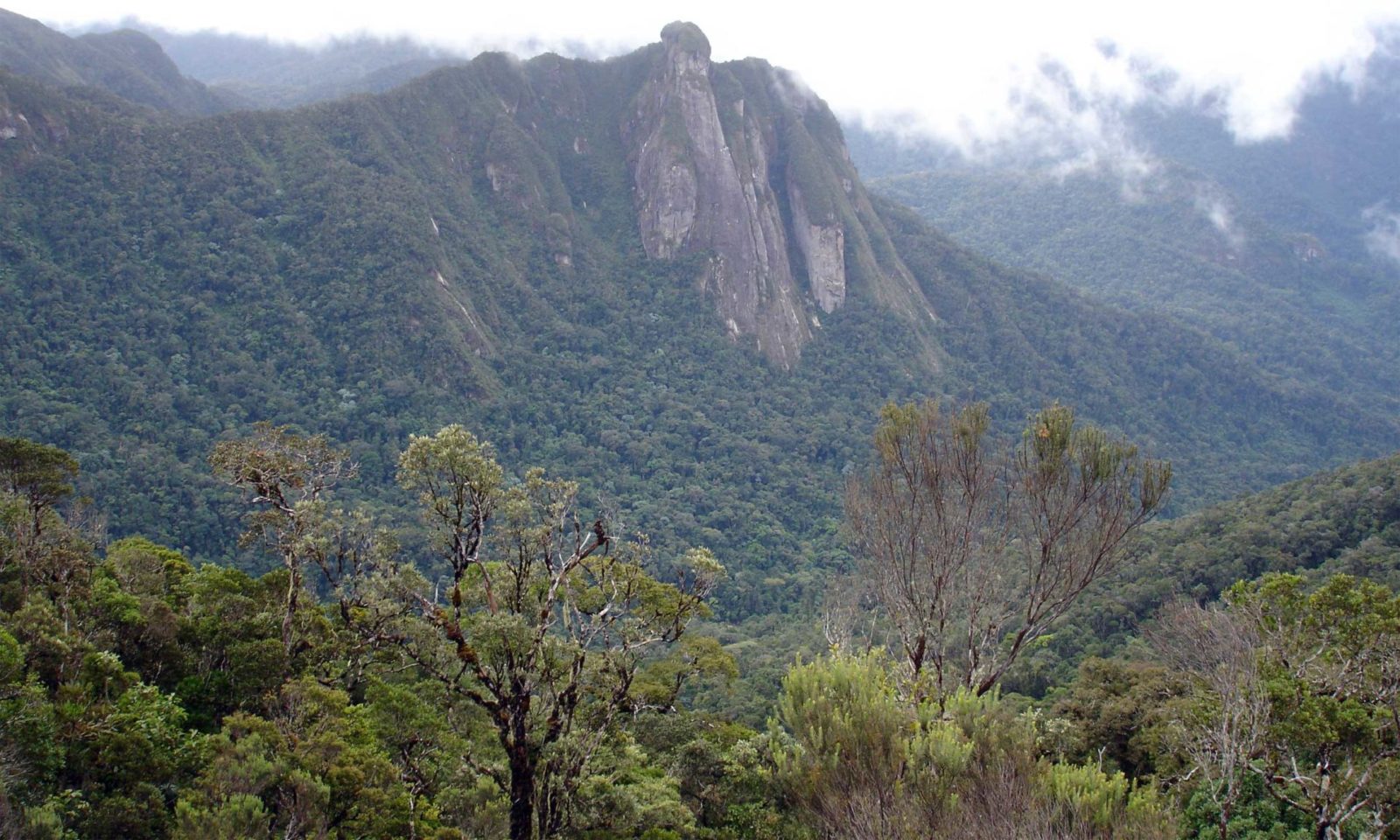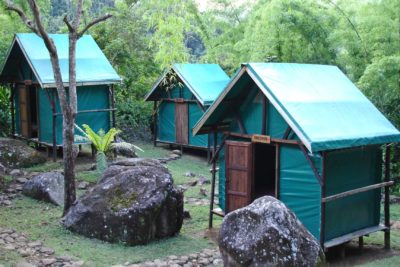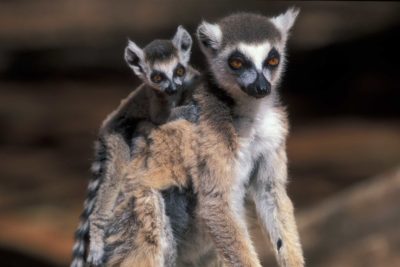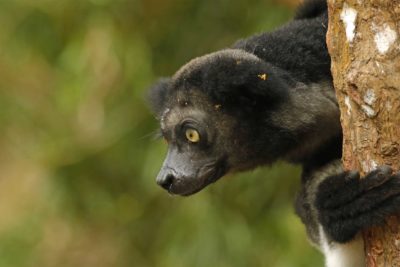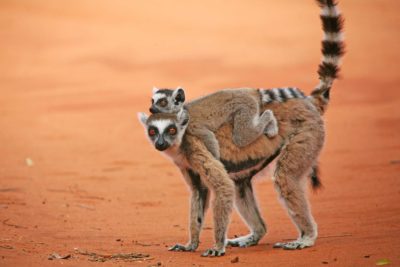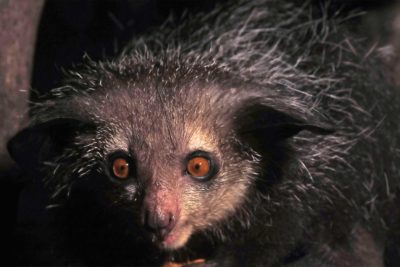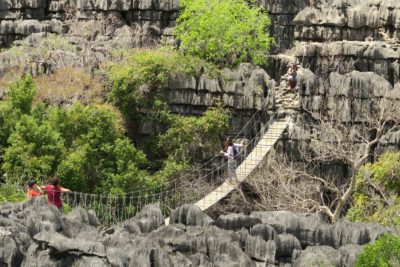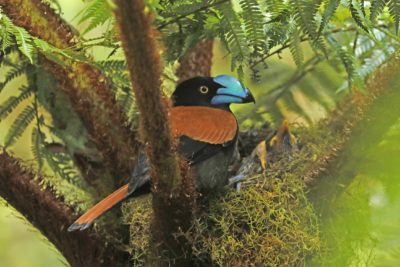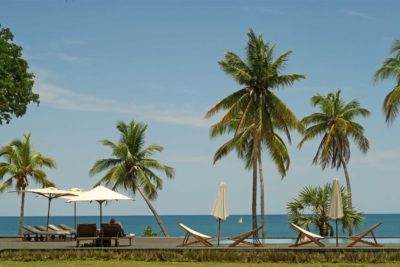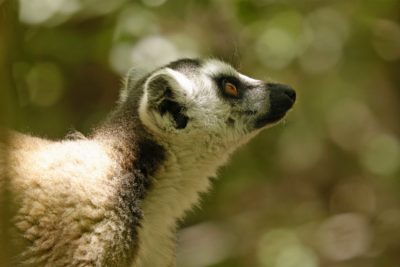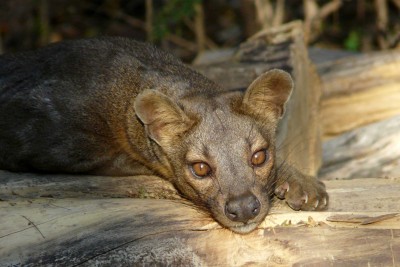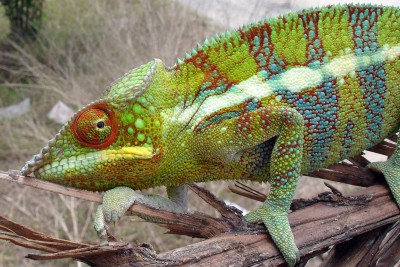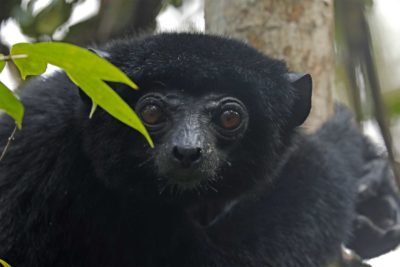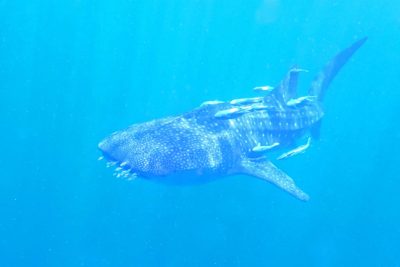
Short Tour to Marojejy National Park
Tour Introduction
This short itinerary showcases the wild, little visited and exceptionally biodiverse Marojejy National Park that can be added as an extension to any itinerary and is the ideal choice for those looking to get off the beaten track and enjoy some more strenuous but very rewarding walking.
Marojejy must be one of Madagascar’s most fascinating and exciting rainforest parks. It is most well-known for protecting the wonderful but sadly critically endangered silky sifaka. These long white-haired lemurs are known for their distinctive all white fur and curious pink and black faces. Due to the drastic reduction in their range in recent decades they are now classed as one of the IUCN’s most endangered primates worldwide.
The park covers 55,500 hectares of lowland and montane forest as well as stunted scrub around the rugged Marojejy massif. This range of habitats has resulted in a staggering level of wildlife diversity with 77 species of reptiles and almost as many species of frogs. Helmet vangas, scaly and short-legged ground rollers, northern bamboo and white-fronted brown lemurs, ring-tailed vontsira and tenrecs are other highlights. There are also countless remarkable invertebrates and fascinating plant life of all forms to enjoy. The trails here are steeper than in most other national parks, the climate is wet and the only accommodation is basic huts, but the unique wildlife, few visitor numbers and jaw dropping scenery make Marojejy a highly rewarding addition.
Full Itinerary
Arrive into Antananarivo (Tana). Met on arrival at the airport and transfer 10 minutes to your hotel.
Staying at Au Bois Vert. Includes Breakfast.
Pick up from the hotel and transfer to the airport. Take domestic Tsaradia flight to Sambava.
On arrival, transfer (1.5 hours) to Manantenina, the departure point for the wonderful enigmatic rainforests of Marojejy National Park. It is an easy two hour walk from here to the park entrance, followed by a further 2 hours walk on a steeper trail that crosses some streams to the first campsite: Camp Mantella at 500 meters.
Enjoy your first experience of this little visited rainforest, soaking up the sights, sounds and smells of this special ecosystem.
Staying at Campsites in Marojejy. Includes All Meals.
Spend today walking to Camp Simpona through the lower rainforest. There is one principal trail to follow, and you will start to climb through increasingly dense and mature forest. During the walk there may be some small leeches to contend with.
The National Park entails strenuous walking and is covered in part by primary rainforest filled with a large variety of mosses, epiphytes, ferns, palms and other trees.
During your walks at this level, look out for chameleons of which seven species of the tiny brookesia family are known to live here. Birds such as the remarkable looking helmet vanga and the superb scaly and short-legged ground rollers may also be seen.
The northern bamboo and white-fronted brown lemur are also commonly spotted here, while the rare silky sifaka could be the highlight around Camp Simpona itself.
Staying at Campsites in Marojejy. Includes All Meals.
Today perhaps explore the entangled forest surrounding the camp and further up the trail towards the summit of Marojejy. It is possible to walk to summit from here for those keen to do so.
The rare silky sifakas are usually quite close to the camp Simpona (named after the lemurs) itself, but please note that the terrain is quite steep here.
The beautiful long haired silky sifaka, is sadly one of the rarest species of lemur and primate in the world. The entire population of this species is now centred around Marojejy and is thought to contain less than 250 mature individuals.
The reptile and frog diversity of Marojejy is one of the greatest of all the protected sites in the country with at least 77 species of reptile and 70 species of frog to look out for.
Staying at Campsites in Marojejy. Includes All Meals.
Today, trek back to the first campsite, Camp Mantella exploring the surrounding pristine rainforest, some of the last remaining mid-level forest of its kind in Madagascar, for rare lemurs, reptiles, frogs and birds, perhaps taking in a waterfall. Continue back to Mantantenina. Met and drive back to the coastal town of Sambava.
Staying at Mimi Hotel . Includes Breakfast.
Today transfer back to the Sambava airport. Take Tsaradia domestic flight to Antananarivo (Tana). Met on arrival at the airport and transfer 10 minutes to your hotel.
Staying at Au Bois Vert. Includes Breakfast.
Tour Accommodation
Overview
Located a short drive from the airport and set in three hectares of peaceful and attractive gardens, accommodation is in rooms constructed using natural materials dominated by chunky wood and granite. All rooms have private bathrooms, satellite TV and safe. Facilities at the hotel include a swimming pool and a restaurant serving local and international cuisine.
The hotel is only 20 minutes from the airport so is an ideal location for a stopover.
Swimming Pool
Air Conditioning
Rooms
Facilities
Private bathrooms, TV, room safe, restaurant, swimming pool, Wi-Fi available in the lobby
Optional Activities
City tours can be arranged. Activities including mountain and quad biking, village tours and walking trips can be arranged offsite.
Overview
The Marojejy National Park can only be fully explored by staying at one or all its three campsites on a multi-day expedition from Sambava. The simple but well-run camps are all built within clearings at the different elevations within the park and also enable one to climb to the summit of Marojejy itself.
These are simple but well-equipped campsites with accommodation in little A frame tented bungalows. Beds are either single or bunk beds and all sheets, blankets and pillows are provided, although a sleeping bag can still be taken too. There are basic shared bathroom and shower facilities (running cold water) and a restaurant area where simple meals are served around a common dining table.
The first campsite is Camp Mantella which sits at an altitude of 500 meters above sea level and is around a two hour walk from the park entrance. The second is Camp Simpona which is a further two hours walk up the hillside in dense rainforest and is the best spot for seeing the sifakas. The third is Camp Marojejia which at 800 meters is the closet to the summit and the montane stunted forest habitat.
The conditions at all three camps are similarly basic but all provide the perfect access and immersion into this special landscape. The vast forested mountain landscapes and exceptional wildlife of Marojejy make it one of the most exciting yet least visited protected areas. It has a rugged terrain and simple accommodation, but its wildlife is among the most exceptional. The park is home 77 species of reptile and 70 species of frog and some of the endangered mammals and birds including the all-white silky sifaka and helmet vanga.
The walking conditions are much more strenuous in Marojejy than in most other National Parks in Madagascar and there are some steep and slippery sections between camps two and three and the summit. Much of the impressive wildlife though can be found around the Camps Mantella and Simpona and all the trails can be taken at a gentle pace. It is also worth being aware that Marojejy is one of the wettest regions of Madagascar and waterproofs are recommended in any season. Luggage can be safely stored during your expedition with our local partners in Sambava or Tana.
Swimming Pool
Air Conditioning
Rooms
Facilities
Accommodation in very simple little A frame tented bungalows with single or bunk beds, sheets, blankets and pillows provided. There are very basic shared bathroom facilities (running cold water) and a restaurant area where meals are served around a common dining table.
Local Wildlife
Marojejy is home to a range of both lowland rainforest and montane cloud forest habitats which supports a great diversity of fauna and flora including many endemic species. The park’s most celebrated species is the beautiful and long, white haired silky sifaka, which is almost exclusively found in Marojejy. In addition to the elegant sifakas, visitors also regularly see white-fronted brown and northern grey bamboo lemurs, sometimes nocturnal lemurs and the curious ring-tailed vontsira (mongoose) which regularly visits the campsites, looking for leftovers. Birdlife is also fantastic and includes the dazzling helmet vanga and both the scaly and short-legged ground rollers, several couas, birds of prey and much more. Among the numerous chameleons to look for are the colourful panther chameleon, the elegant and locally endemic Calumma marojezense and seven species of tiny Brookesia leaf chameleons. While other wonderful reptiles to see include the giant leaf-tailed gecko Uroplatus giganteus and beautifully patterned Uroplatus lineatus. Madagascar tree boas are also common and at least 70 species of frogs have been recorded in the park.
Optional Activities
Strenuous walking on the trail network and hikes to the summit of Marojejy itself. The nearby town of Sambava is also famous for its vanilla produce.
Route Map
Departure Dates
Travel Information
Are International Flights Included?
No. Please contact us for a quote if required.
Flight Info:
Domestic Flights with Tsaradia between Antananarivo and Sambava included.
Best Visited:
July to November
Are you ATOL Registered?
Yes. This means we are legally able to book your international flights in conjunction with your ground arrangements so you can book with us with complete confidence. Read more about our ATOL license here.
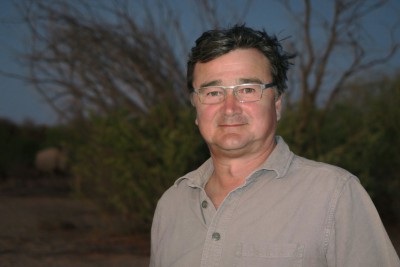
Alan Godwin
Area Specialist
This itinerary involves basic accommodation, strenuous walking and often wet weather but with great rewards and sightings and experiences that will last a lifetime. This itinerary combines well with flights to Diego Suarez in the very far north of Madagascar as well.
If you have any questions regarding this Tour, please feel free to contact me on +44 (0)1803 866965
“It was a fab trip. Everything went very well in Madagascar. All the local guides were really good but special praise goes to [our guide] at Andasibe – so knowledgeable and interesting. He, like all the guides, showed a real love for the wildlife and environment. Excellent wildlife: highlights – fosas in daylight within 10 mins of the first rainforest walk, diademed sifakas, golden bamboo and ringtailed lemurs and giraffe necked weevil.
